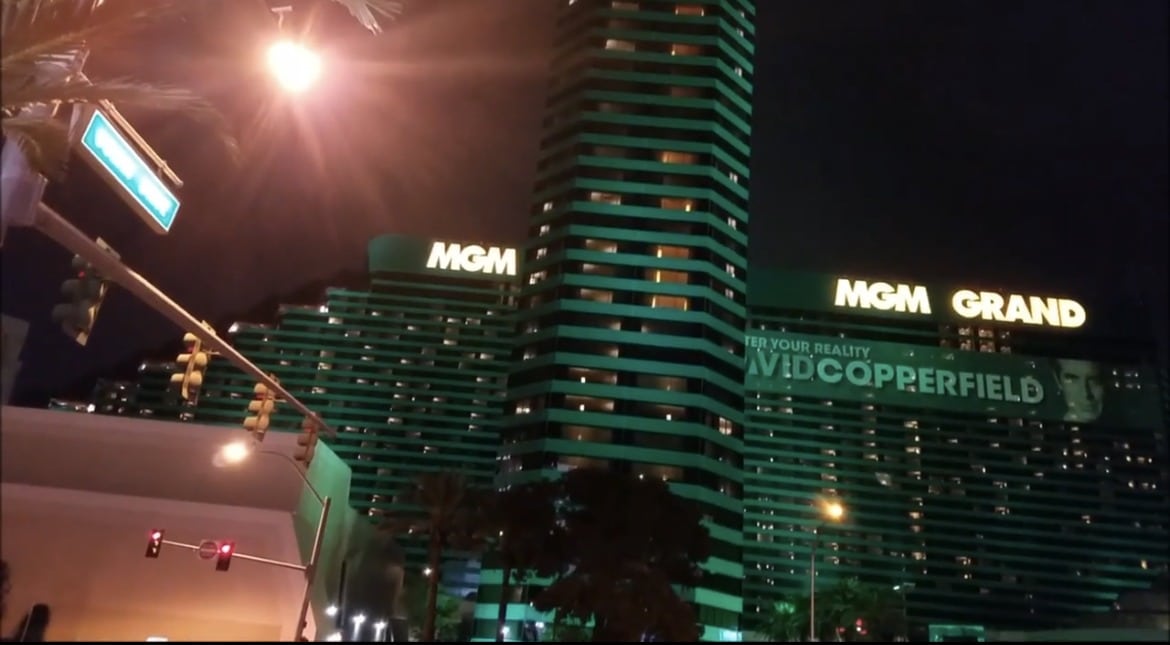When it comes to ranking the best boxing venues in the world, there’s one clear standout for longtime fans of the sport: Madison Square Garden.
For many enthusiasts and pundits alike,2 when it comes to prizefight venues. And, in the case of the Bleacher Report ranking, Vegas’ premier location, Caesar’s Palace, rather than MGM, is Vegas’ top venue.
In recent decades, Vegas had one major benefit when hosting marquee matches: sportsbooks. The city had a monopoly on the US’s betting market until 2018 when the federal government repealed a national ban on punting.
Vegas has established itself as the primary location for big-name matches, but it may not always be that way now that sportsbooks like2 are moving online. Though retail sportsbooks aren’t likely to leave the strip anytime soon, fans can now wager on the underdog from home or even ringside.
Whether this will affect the future of boxing locations remains unseen. For now, Vegas delivers on a glitzy and otherworldly feel that pairs well with the high production value of marquee matches. But how did the boxing capital shift from the east coast, split between Atlantic City and MSG, to the Nevada oasis?
Splitting Time Between AC, MSG, & Caesars
1960s-1980s
Before Las Vegas became the US’s capital for bright lights and gaming, New Jersey’s Atlantic City functioned as a premier vacation destination. The boardwalk’s heyday was in the 1920s, but hosting major prizefights helped renew interest in the 1960s.
Throughout the 70s and 80s, the Historic Atlantic City Convention Hall hosted a bevy of major names, including Evander Holyfield, Michael Spinks, and Mike Tyson. Concurrently, MSG was also hosting fights and filling the stadium’s capacity.
It’s where Joe Frazier toppled Muhammad Ali, but it’s also where major fights in the 1940s and 50s were held. It’s where Rocky Marciano took over Joe Louis’ heavyweight title, and also where Sugar Ray Robinson battled Jake LaMotta a decade before. Even better, many notable fighters came from the city themselves—Sugar Ray included.
But by the 1980s, the Las Vegas strip started to cut into the east coast’s monopoly on marquee matches. Groups like Caesars Palace and MGM were battling over the City of Lights to create a bigger and flashier casino-resort.
Caesars Palace created an outdoor arena, the Colosseum, which began hosting major fights with great success, including 1987’s ‘Super Fight’ between Sugar Ray Leonard and Marvin Hagler.

Into the 1990s, the Colosseum saw battles between Evander Holyfield and boxers like Riddick Bowe and Michael Moorer.
But it would be Evander Holyfield’s bout against Mike Tyson that would help catapult the Colosseum’s biggest rival to greatness: the MGM Grand.

Kerkorian Sets His Sights on a Boxing Arena
1990s
Though the businessmen behind Caesars Palace helped create the world’s first supersized casino-resort, Kirk Kerkorian also helped transform the strip with his endeavors with the MGM brand. Together, their larger-than-life vision helped steer boxing toward the City of Lights.
From a business standpoint, overtaking the Colosseum came down to brass tacks and ingenuity. If boxing drew in millions for marquee matches, then why not design a venue specifically for the sport? Kerkorian sought to designate areas for broadcasters, media, celebrities, and, of course, fighters themselves.
One major reason the MGM Grand largely replaced the Colosseum, MSG, and AC was its allocation of space and resources for tech equipment. When the arena was built in the mid-90s, major strides in PPV meant reliable broadcasting was a major priority for media groups.
Aside from this, Kerkorian had another stroke of luck: the venue’s first major match was 1997’s ‘Bite Fight’ between Tyson and Holyfield. The fight received huge attention from the media, which highlighted the functionality of Kerkorian’s boxing-centric arena. From there, the location became the home base for the world’s top fighters, including Floyd Mayweather Jr. and Oscar De La Hoya.

























